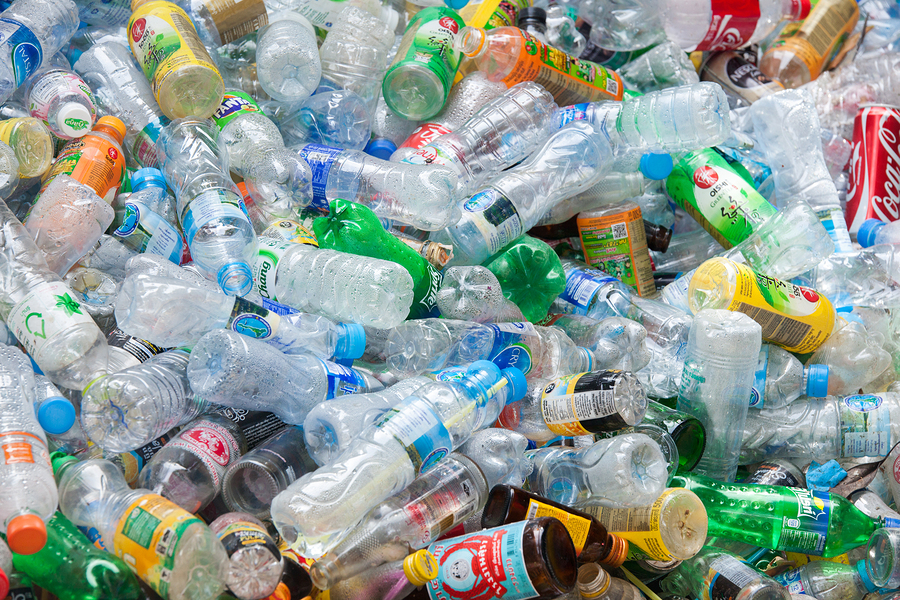A new study has found that more than 9 billion tons of plastic have been made since the 1950s, and the vast majority of it has been thrown in the trash. The team published their results in the journal Science Advances. 1
RELATED STORY:
The study, the first known attempt to measure the total amount of plastic produced since the beginning of mass plastic production in the middle of the 20th century, was a colaboration between a team of researchers from the University of California, Santa Barbara, the University of Georgia, and the Sea Education Association.
“The researchers estimated that the amount of plastic in use now is 30 percent of all the plastic ever produced.
While that has brought its benefits, such as lower-cost materials or capabilities like water resistance, our love of plastic has also produced a lot of trash. About 7 billion tons of it, by their estimate.
And as of 2015, only 9 percent of the plastic waste produced ended up recycled, and another 12 percent was incinerated, the researchers found in their report. The remaining 79 percent has built up in landfills or ended up elsewhere in the environment.”2
RELATED STORY:
In order to make their estimates, the team put datasets on global plastic production together, like the global annual pure polymer (resin) production data from 1950 to 2015 ( published by the Plastics Europe Market Research Group) and global annual plastic fiber production data from 1970 to 2015 (by The Fiber Year and Tecnon OrbiChem). The disposal data came from sources like the U.S. Environmental Protection Agency, PlasticsEurope, the World Bank, and the China Statistical Yearbook.
Researchers estimated that in 2015, “between 5 million and 13 million metric tons of plastic end up in the ocean every year.”note]CNBC, July 19, 2017.[/note] The team also said plastics could be found in every major ocean basin in the world. (LET THAT SINK IN.)
The paper said,
“The growth of plastics production in the past 65 years has substantially outpaced any other manufactured material. The same properties that make plastics so versatile in innumerable applications — durability and resistance to degradation — make these materials difficult or impossible for nature to assimilate. Thus, without a well-designed and tailor-made management strategy for end-of-life plastics, humans are conducting a singular uncontrolled experiment on a global scale, in which billions of metric tons of material will accumulate across all major terrestrial and aquatic ecosystems on the planet.”note]CNBC, July 19, 2017.[/note]
RELATED STORY:
It’s time we consider whether or not the advantages of plastic use outweight the huge disadvantages. And we’d better consider it soon, lest our world be in even more danger than it already is.












